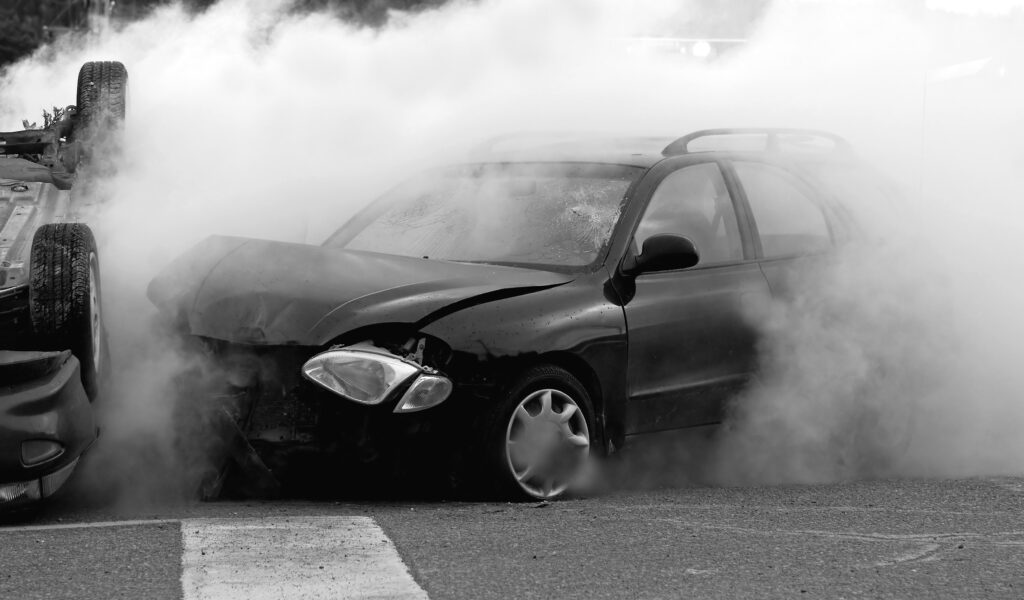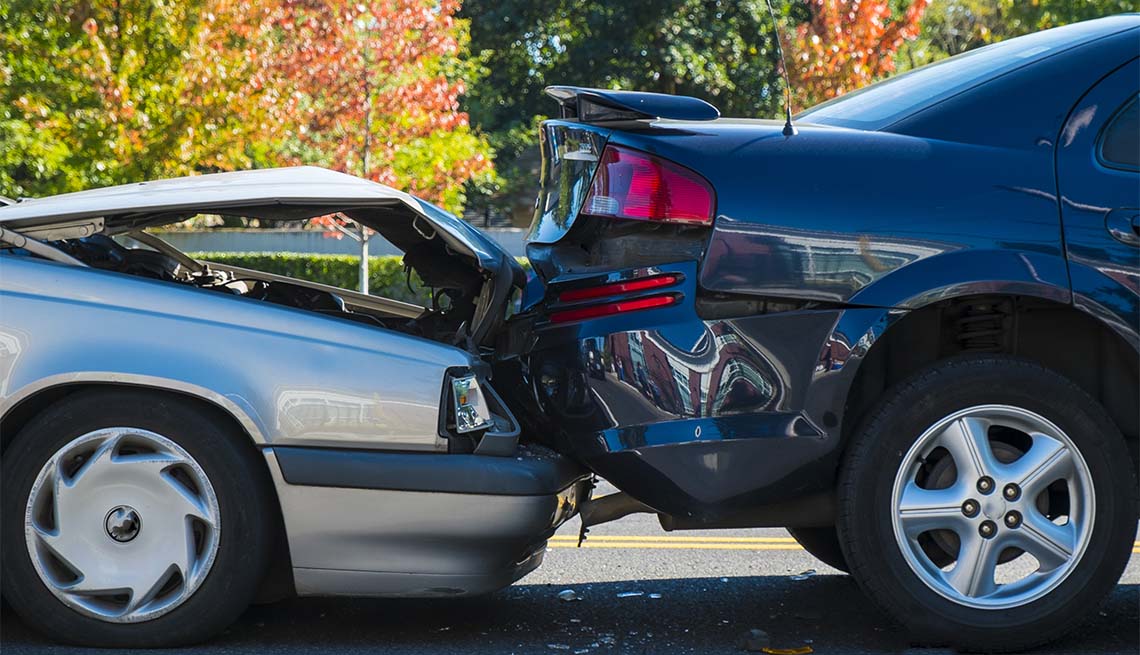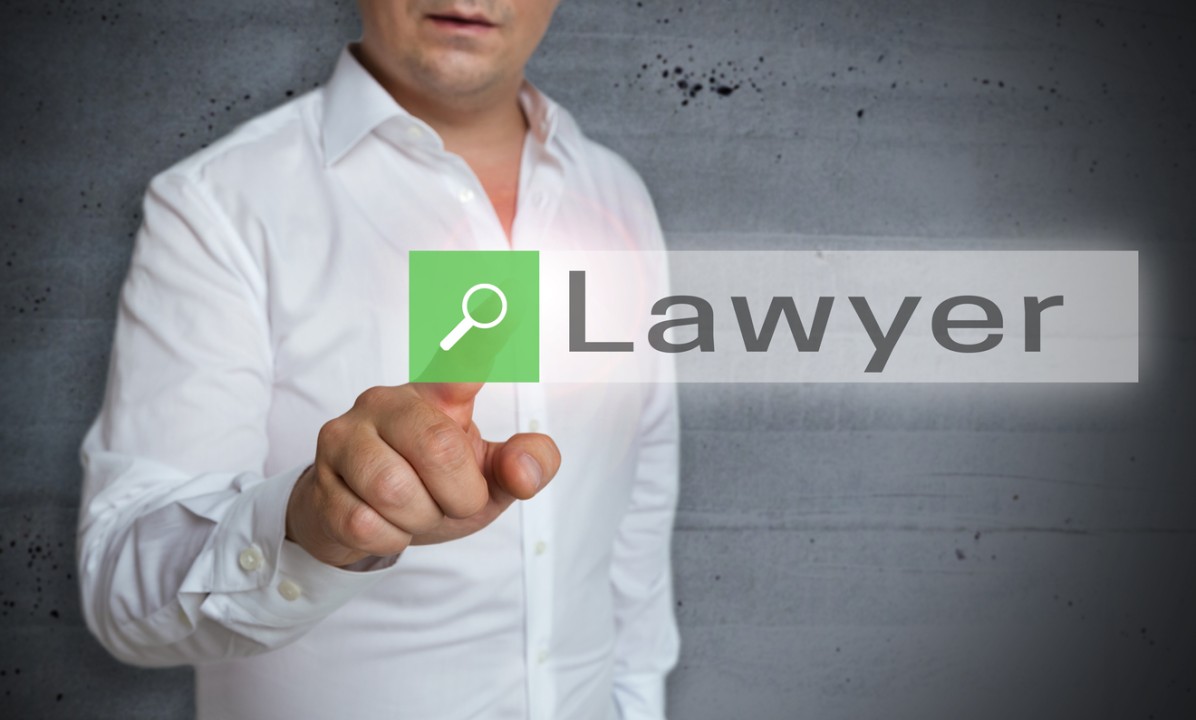For residents of Charleston, navigating the aftermath of a car accident involves more than just dealing with the immediate shock and disruption.
The historic streets and bustling traffic can turn a simple commute into an unforeseen challenge, emphasizing the importance of staying composed and informed. Whether you’re crossing the Ravenel Bridge or navigating downtown, the steps you take immediately following an accident are crucial for ensuring your safety and securing your legal rights.
This guide is tailored for Charlestonians, offering a step-by-step approach to handle the chaotic moments following an accident. From prioritizing safety to understanding your legal options, including finding Charleston’s best accident lawyer, we aim to steer you towards a smooth recovery and peace of mind.
1. Check for Injuries and Prioritize Safety
 First things first, assess yourself and others for any injuries. If you or anyone else is hurt, call 911 immediately. Safety is paramount, and ensuring that everyone receives the medical attention they need should be your top priority.
First things first, assess yourself and others for any injuries. If you or anyone else is hurt, call 911 immediately. Safety is paramount, and ensuring that everyone receives the medical attention they need should be your top priority.
If the cars are in a dangerous spot, such as in the flow of traffic, and it’s safe to do so, move them to the side of the road to prevent further accidents. However, if moving vehicles or individuals may cause further harm, leave them where they are until emergency services arrive.
2. Notify th2e Authorities and Seek Legal Counsel
Even if the accident seems minor, it’s essential to notify the police. They’ll document the scene and create a report, which is crucial for insurance claims and legal matters.
During this time, it’s also wise to consider seeking legal advice, especially in areas known for their skilled legal professionals. Consult with Charleston’s best accident lawyer.
They’ll offer invaluable guidance, ensuring your rights are protected and you navigate the complexities of insurance and potential litigation seamlessly. This step is not about litigating immediately but about understanding your options and rights.
3. Exchange Information with Other Parties Involved
Once you’ve ensured everyone’s safety and called the authorities, exchange contact and insurance information with the other driver(s).
This includes names, addresses, phone numbers, driver’s license numbers, license plate numbers, and insurance policy details. Stay calm and courteous, but avoid discussing fault or making statements that could be interpreted as admitting liability.
This information exchange is crucial for the insurance claims process and any necessary legal steps that follow.
4. Document the Scene and Collect Evidence
With the prevalence of smartphones, it’s easier than ever to document an accident scene thoroughly. Take photos and videos of the vehicles, any visible damages, the surrounding area, traffic signs, and road conditions.
If there are witnesses, ask for their contact information as well. This visual and testimonial evidence can be vital for insurance claims, legal proceedings, and ensuring you receive fair compensation for damages and injuries.
5. Notify Your Insurance Company
Promptly informing your insurance company about the accident is a critical step. Provide them with all the relevant details and the evidence you’ve collected. Your insurer will guide you through their claims process and what to expect next.
Being upfront and detailed with your insurance company can help expedite the claims process and improve your chances of a favorable outcome.
6. Seek Medical Attention Immediately
Even if you feel fine, it’s crucial to see a doctor as soon as possible after an accident. Some injuries, like whiplash or internal bleeding, may not show symptoms immediately.
A thorough medical examination will ensure any hidden injuries are treated, and it also provides a medical record that can be essential if you decide to pursue compensation for your injuries later on.
7. Follow Up on Your Medical Treatment
Following your initial medical assessment, adhere to all prescribed treatments and follow-up appointments. This is vital for your health and recovery, and it also demonstrates your commitment to getting better.
Keeping detailed records of your treatments, expenses, and how your injuries impact your daily life will be invaluable should you need to file an insurance claim or pursue legal action.
8. Keep Detailed Records
Start a file for all your accident-related documents. This should include the police report, medical records and bills, correspondence with insurance companies, and receipts for all expenses incurred due to the accident, such as car repairs and rental cars. Having an organized record will simplify the process of filing a claim or seeking compensation.
9. Be Cautious with Insurance Companies
While you need to cooperate with your insurance company, it’s wise to handle communications with caution, especially if dealing with the other party’s insurer.
Avoid making recorded statements or accepting settlement offers before you fully understand the extent of your damages and injuries, or before consulting with a legal professional. Insurers aim to settle claims quickly and economically, which may not always be in your best interest.
10. Consider Legal Representation
 Navigating the aftermath of a car accident can be complicated, especially when it comes to dealing with insurance companies and potential legal matters. Consulting with an experienced attorney can provide clarity and direction.
Navigating the aftermath of a car accident can be complicated, especially when it comes to dealing with insurance companies and potential legal matters. Consulting with an experienced attorney can provide clarity and direction.
They can handle negotiations on your behalf, ensuring you receive fair compensation for your losses and suffering. An attorney can be particularly beneficial if the accident involved significant damages, injuries, or if fault is being contested.
Conclusion:
The moments following a car accident are crucial for your safety, recovery, and legal standing. By taking the immediate steps outlined above, you can protect yourself and your interests in the aftermath.
Remember, your actions can significantly influence the outcome of any insurance claims or legal matters that may arise.
Prioritize your health, document everything, and don’t hesitate to seek professional legal advice to navigate the complexities of post-accident procedures. With the right approach, you can overcome this challenging situation with your safety and rights fully intact, moving forward with confidence towards recovery and resolution.





